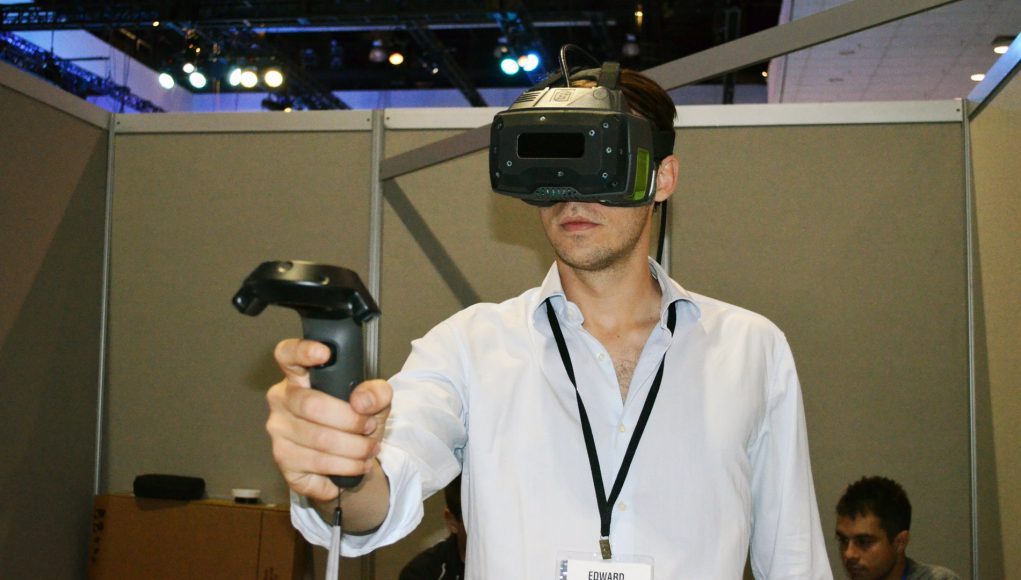GameFace Labs, a company that’s been in ongoing development of an ambitious standalone VR headset over the last few years, has finally opened pre-orders for its dev kit, a system built around NVIDIA’s powerful Jetson TX2 computing platform. Priced at $600, the device is fully self-contained running a custom Android operating system, but can also be tethered to a PC for full compatibility with SteamVR content, including support for SteamVR Tracking.
GameFace Labs has been working on its vision of the ultimate standalone VR headset for several years, and while the company missed its former goal of getting dev kits in developers hands by the end of 2017, they appear closer than ever to getting something out the door. Today the company announced the start of pre-orders for its dev kit, priced at $600, which is says will begin shipping out in just a few weeks time. The company expects the consumer version of the headset to launch toward the end of 2018, and tells Road to VR that developers who purchase the dev kit will also be sent a consumer unit when complete.
The GameFace dev kit is built around NVIDIA’s Jetson TX2 module, a powerful system designed for AI-heavy devices, which includes a pair of 2GHz CPUs and a Pascal-based GPU with 256 CUDA cores, all together rated for 7.5W TDP. That’s some heavy duty computing power compared to other standalone headsets available today—though we’re curious to know what battery life will end up looking like.
And while the headset is shaping up to be a powerhouse of its own, GameFace calls the device a “hybrid,” and says it’ll be the first such headset which can also be tethered to a host PC to natively play SteamVR content thanks to its built-in SteamVR Tracking hardware. Last year the company demonstrated the headset’s SteamVR Tracking tech to Road to VR, which can track the headset while being used for tethered SteamVR content or standalone content run locally on the headset via Android.
The GameFace Labs dev kit might seem a bit odd compared to other standalone headsets on the market today, but could prove to be a compelling buy for developers—at $600, a single headset which could be used for both mobile and tethered VR development could offer value compared to buying separate headsets for developing on each. And for consumers, the ability to play content across Android and PC ecosystems with a single device would be a standout feature next to other headsets available today—though GameFace will either need to build strong developer traction for its own mobile content ecosystem, or link up with Google (Daydream) or HTC (Viveport mobile) ecosystems to have easy access to compelling content on the mobile side.
Developers interested in the dev kit can pre-order by signing up to become a GameFace Labs developer, though requests will be selectively approved by the company for the time being. The company says developers won’t be charged until their headset ships, and expects that to begin in the next few weeks.







